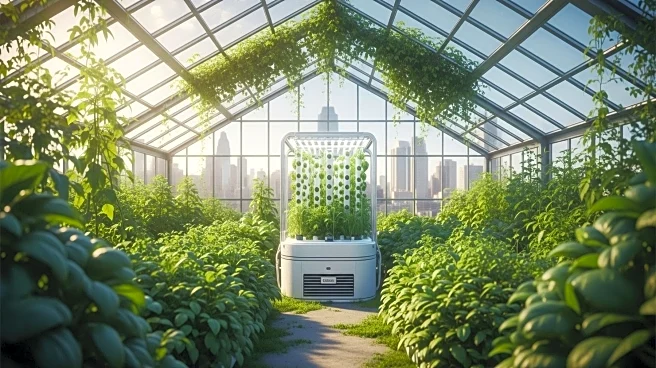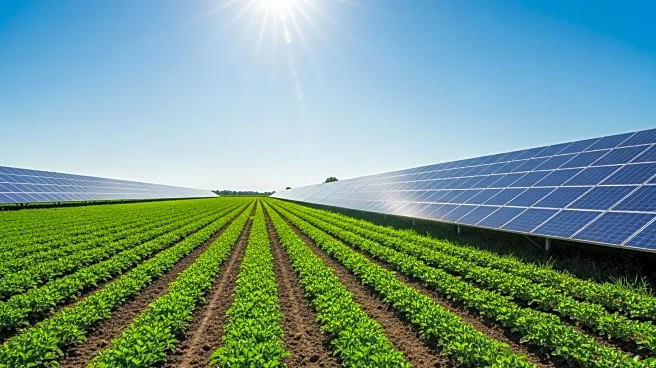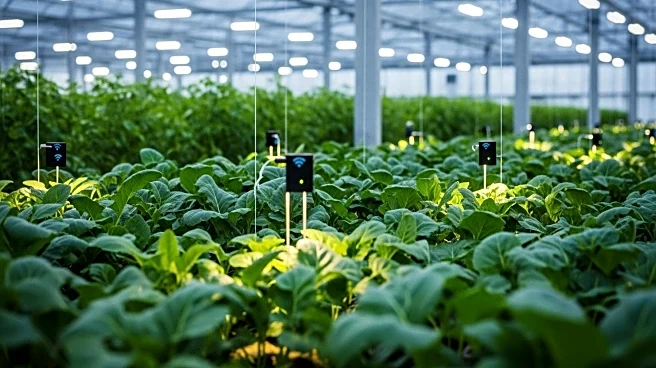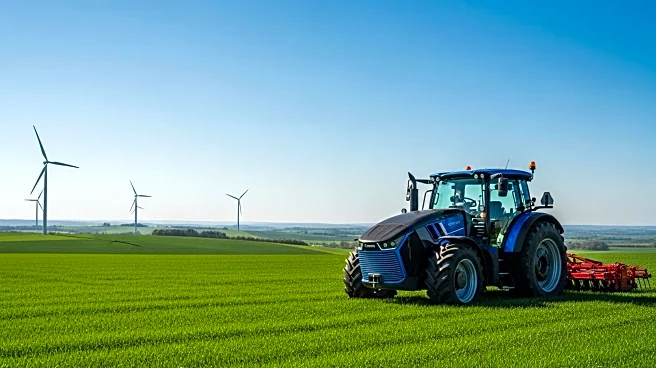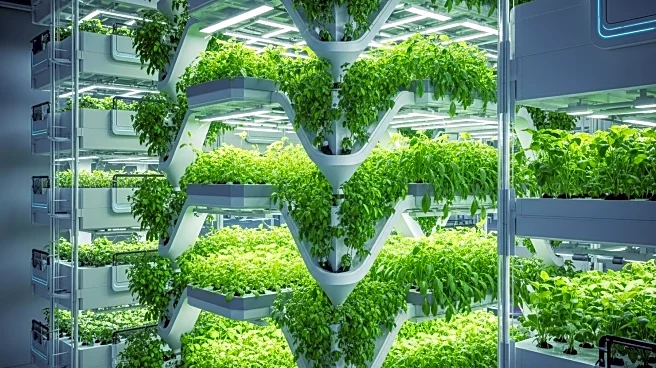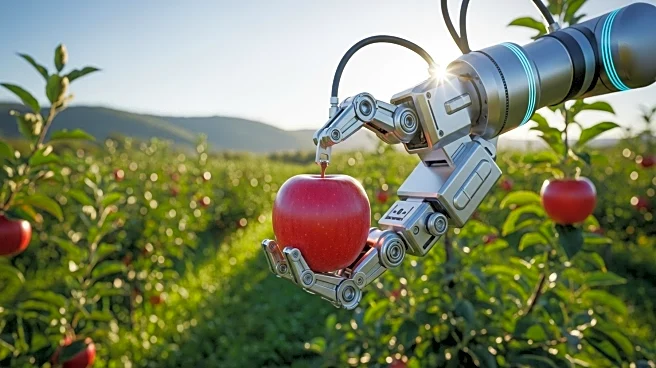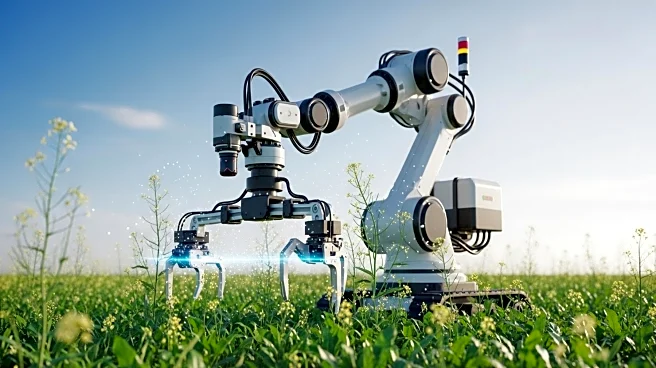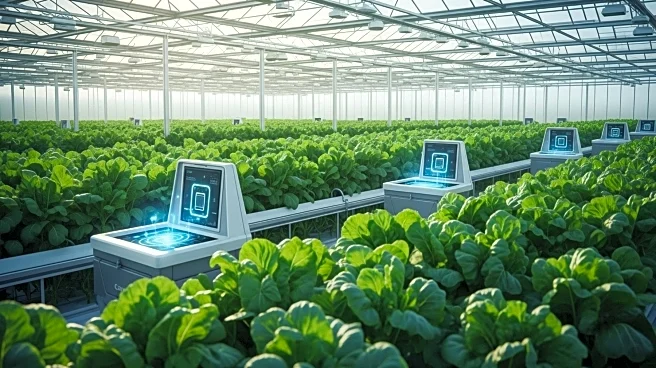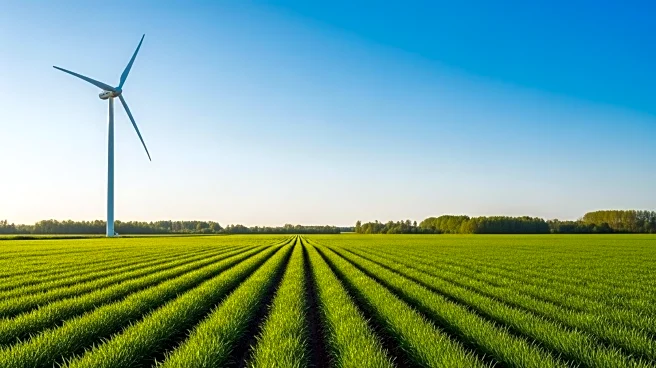What is the story about?
What's Happening?
The urban farming market is experiencing significant growth, with its value projected to increase from USD 172.6 billion in 2024 to over USD 311.24 billion by 2032. This expansion is driven by the rising demand for local, sustainable, and pesticide-free food. Urban farming is not only about growing food but also about resilience, sustainability, and food equity. North America leads the industry, supported by technological innovation, urban policies, and eco-conscious consumers. Vertical farming and hydroponics are prominent segments due to their efficiency in space utilization and high yields with minimal water usage. The market is diverse, including commercial farms, community farms, and home-based gardens, each contributing to the urban agriculture landscape.
Why It's Important?
Urban farming is crucial for addressing food security and sustainability challenges in rapidly urbanizing areas. It reduces food miles, carbon emissions, and reliance on traditional farmland, making cities more resilient and self-sufficient. The growth of urban farming supports local economies by creating jobs and fostering community engagement. It also contributes to environmental benefits such as improved air quality and reduced urban heat. As cities adopt sustainability policies, urban farming becomes integral to food infrastructure, offering fresh produce and enhancing green spaces. The industry's expansion reflects a shift towards more sustainable and localized food systems, impacting urban planning and development.
What's Next?
The urban farming market is expected to maintain strong momentum through 2025 and beyond, with technological integration as a primary growth catalyst. More cities are likely to adopt sustainability and climate resilience policies, making urban agriculture a mainstream part of food infrastructure. Developers and corporations may integrate vertical farms into residential complexes, hotels, and commercial spaces. The combination of automation, IoT, and renewable energy will enhance the efficiency and profitability of urban farms. Strategic partnerships with food retailers and restaurants are anticipated to establish long-term contracts for fresh produce supply, further embedding urban farming into city life.
Beyond the Headlines
Urban farming is evolving from small-scale experiments to integrated, high-tech ecosystems capable of feeding entire city districts sustainably. This shift represents a broader trend towards smart-city frameworks and green infrastructure. The competitive landscape is expanding, with agritech startups and established agriculture companies vying for market share. Companies are focusing on reducing energy consumption, automating operations, and diversifying products and revenue streams. Urban farming not only provides fresh produce but also enhances community engagement and air quality, contributing to the overall well-being of urban populations.
AI Generated Content
Do you find this article useful?
